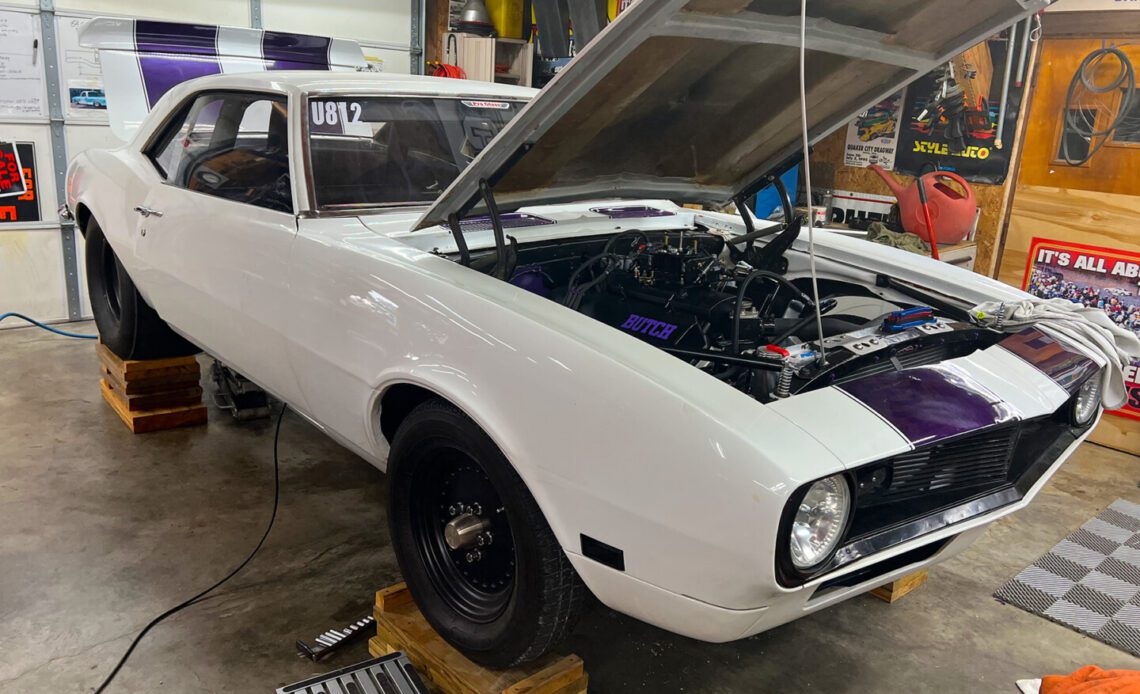I was standing in the staging lanes on a sunny afternoon and listened to a bracket racer brag about how he is on season number five for his drag slicks. My left eyebrow raised as I contemplated the slicks on our own car.
Our Project Rover Camaro (aptly named because we’re teaching an old dog new tricks) still had the same rolling stock that came with its purchase, as I remembered the seller telling me, “They’re like new.” To my defense, I did closely inspect my Mickey Thompson Tire and Wheel (M/T) 31.0/13.0-15 tires at purchase, but the car turned into a total rebuild project during the pandemic, and time got away from us.
Our project Camaro has transformed over the years from an old-school Super Stocker into a more state-of-the-art bracket car. One thing that remains the same is the slicks. Are they still good?
Once our updated Rover hit the track, we focused on tuning the new 489-cube big-block Chevy and related suspension settings. Our result over the first few weekends had the Camaro inching down to a 6.40 e.t. in the 1/8-mile. At this performance point, we saw the e.t. slips fluctuate, and all variances were observed in the 60-foot times.
I wanted to know if our current tires could appear OK on the outside but still have underlying problems. So, I sought some advice from Jason Moulton at M/T.
First Impression
“It’s not as simple as looking over the surface of the slicks or their manufacture date on the sidewall,” Moulton confirms. “Age, use, power, and many other factors determine a set of slicks’ lifespan. Watching the tires closely at launch can inform us far better than many other means.”
With that, our goal was to get some images and observe how these tires were reacting from launch to beyond the 60-foot mark. Yes, I took my good DLSR cameras, but I also want to tackle this project as any typical racer would, by recruiting family members and their cell phones while my son flogged the Camaro on test-and-tune days.
Our slicks were inconsistent in the first 60 feet of our passes. With the naked eye, it was tough to spot what a cell phone camera can take as a “burst group” of images. The slicks were hitting at launch (A), unloading (B), then re-engaging (C.) All this happens in the first 30 to 40 feet of the track.
Never underestimate a quality cell phone as a tool; we each worked to fill our phone’s memory with slow-motion video and quick bursts of still images, all as a diagnostic tool.
Upon sending photos and videos of…
Click Here to Read the Full Original Article at DragzineDragzine…

